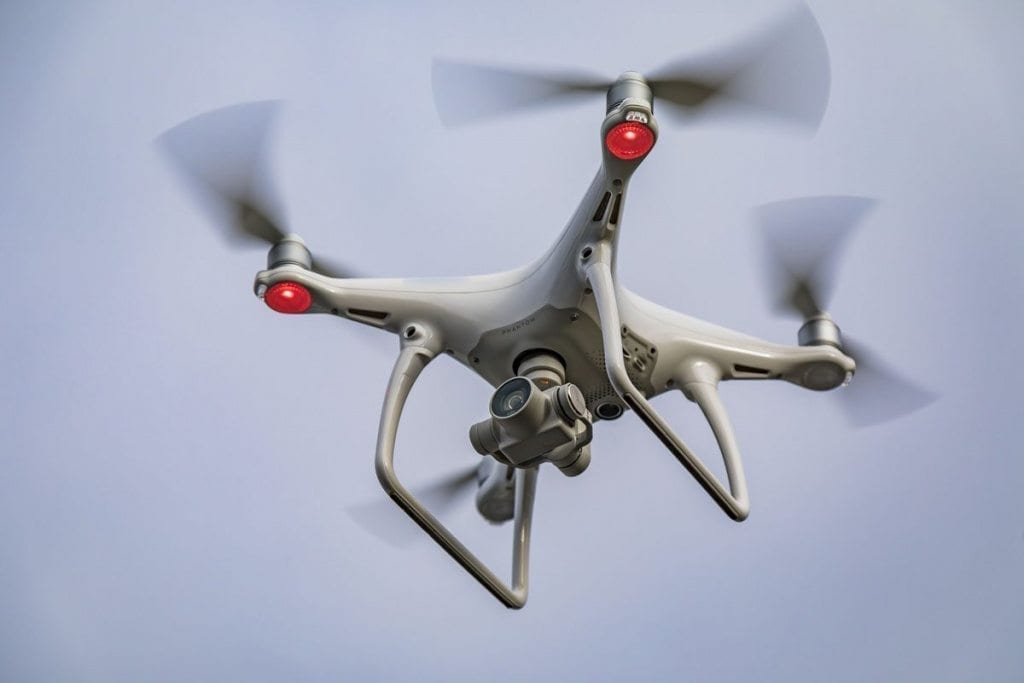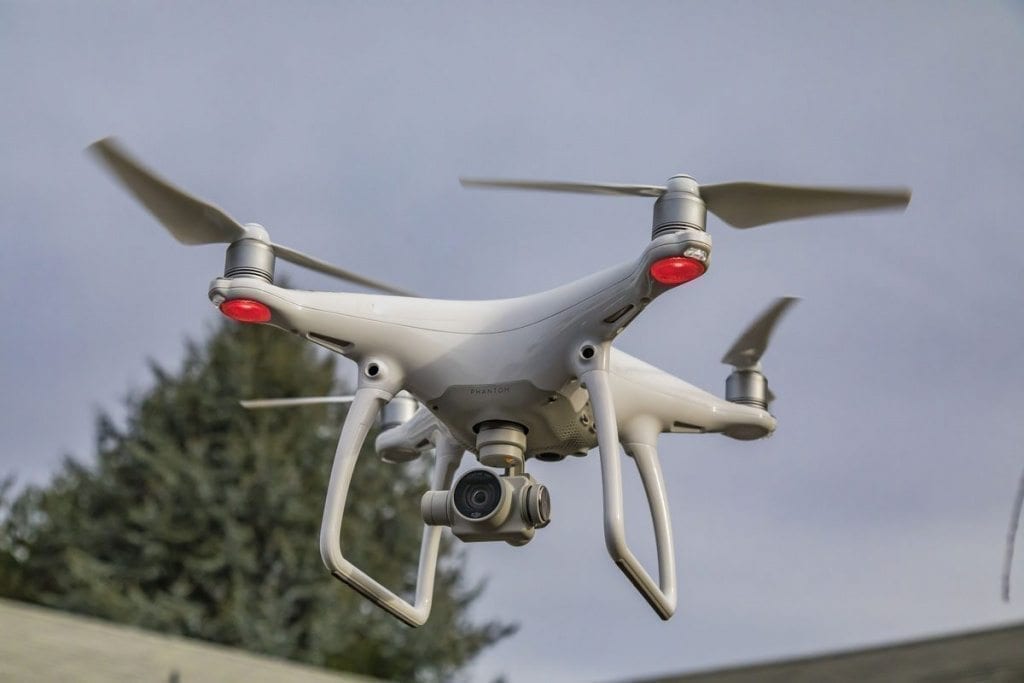VANCOUVER — If you’re one of the estimated 1.2 million Americans who found a drone under the Christmas tree this holiday season, you may want to brush up on a few federal rules and regulations before launching that drone into the friendly skies.
“I’d say anybody who got a drone for Christmas should probably check the FAA (Federal Aviation Administration) website,” says Mike Schultz, ClarkCountyToday.com’s photojournalist and proud owner of a DJI Phantom 4 “flying camera” drone. “All of the rules apply, whether you’re flying hobby or commercial.”
As Schultz discovered last year, some of the FAA’s drone rules are common sense — don’t fly your drone over groups of people or next to your neighbor’s window — but others are more complicated rules that drone operators may need to familiarize themselves with before flying their unmanned aircraft.
For instance, all drones weighing more than half a pound must be registered with the FAA. Even if you think that your drone doesn’t qualify for registering, Schultz — who has been studying to get his commercial-use drone license — says registering is pretty simple, taking only few minutes online, and and costs just $5, so it’s “better to be safe than sorry … especially because failing to register can cost you up to $27,500 in fines.”

Some other tips from the FAA for flying your new drone:
- Don’t fly over groups of people;
- respect the privacy of anyone on the ground;
- don’t fly near other aircraft;
- don’t fly in a restricted airspace;
- don’t fly your drone faster than 100 miles per hour;
- never fly your drone from a moving vehicle;
- know ahead of time where there are “No Drone Zones;” and
- download the FAA’s free B4UFLY app on your phone before taking your drone for a test drive (fly).
Those “No Drone Zones” include national parks, wildlife refuges and within five miles of major airports like the Portland International Airport.
Schultz, who hopes to use his drone for commercial purposes after he sits for the 60-question, FAA-required test and earns his commercial drone license, says there are helpful warnings on the free “B4UFLY” app that let you know if you’re close to a restricted airspace or “No Drone Zone.” Ignoring those warnings, especially if you’re going to be flying your drone near the airport or over a national park, can come with some hefty fines.
Once he has his commercial drone license, Schultz will use his Phantom 4 for shooting still photos and videos of real estate and for photojournalism purposes. If he happens to have a real estate client or journalism-related shoot in parts of Vancouver closest to the Columbia River — those that are within five miles of the Portland International Airport (PDX) — he says he will first have to get permission from the PDX flight tower before flying his drone in that airspace.
After studying for the FAA-required, 60-question test he needs to pass in order to earn his commercial drone pilot license, Schultz says he feels like he has a handle on most of the regulations. For instance, even though most drones come equipped with lights, you aren’t supposed to fly them at night. And even though some drones can fly up to 1,000 feet in the air, FAA rules say 400 feet is the maximum for flying that hobby or commercial drone.

Other rules that Schultz has learned since buying his drone include:
- The requirement that a drone pilot must be able to see their drone at all times and be able to stop the drone if it’s entering a forbidden airspace;
- If you need to shoot night-time photos or video using your drone, you must first apply for a special exemption from the FAA;
- Drone pilots are not allowed to fly over wildlife refuges. “I had a friend who wanted to fly over the Ridgefield Wildlife Refuge and he called them and they said, ‘Absolutely not!’” Schultz says. “I guess they’re afraid it might harm the birds.”
Although some people have complained that the federal rules and regulations have hampered drone sales in the United States, the statistics show a different story. Current FAA projections say drone sales in this country are expected to double over the next four years, going from 1.9 million drone sales in 2016 to 4.3 million in 2020.
And, although many people find it easier than they expected to conquer the art of drone-flying — Schultz says he felt comfortable after just 15 minutes of experimenting with his $1,200 drone — some drone operators might want to think about insuring themselves against personal or property damages while flying their drones.
Schultz opted to include drone liability to his insurance plan and says he’s now paying about $150 more per year for $50,000 worth of protection.
“I thought it was a good idea, in case it damages someone’s property or, worst-case scenario, injures a person,” Schultz says. “You don’t want to put your drone in harm’s way, but you really don’t want to put people in harm’s way of your drone. Those blades are plastic, but they’ll cut you.”

Most people who got drones for the holidays are probably going to use them for hobby purposes, but some people may want to use their drones for commercial purposes. If that’s your situation, Schultz recommends knowing the ins and outs of the FAA commercial drone pilot test before you head to Clark County’s only testing center, located at Aero Maintenance Flight Center in Vancouver, and fork over the $150 testing fee.
“There are 60 questions on the test (all written, no flying test required) and you have to get 80 percent correct to pass,” Schultz says.
To learn more about the regulations for getting your commercial drone pilot’s license, click here. To find registration information, visit the FAA’s drone registration FAQ.




